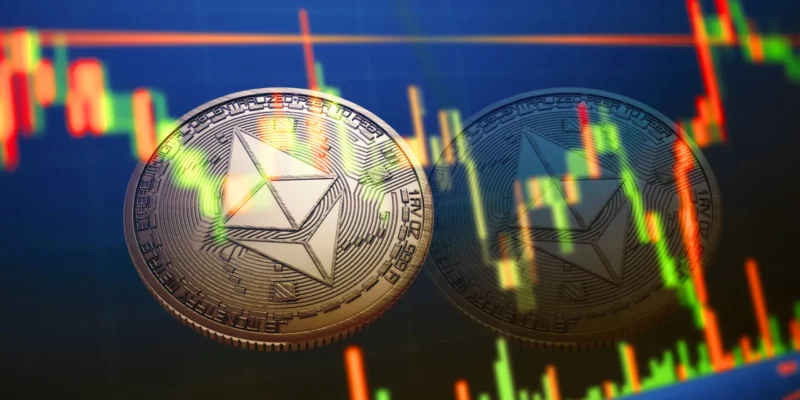- The Ethereum network is facing a lot of scaling issues that are affecting its scalability.
- Ethereum has developed a roadmap to deal with these problems, which will be introduced gradually.
What is the Ethereum Roadmap
It is a well-known fact that Ethereum is the second biggest cryptocurrency, with many users worldwide. It is not just a cryptocurrency but a platform for most decentralized apps. Ether is the token that supports this platform. Although it has a lot of importance in the crypto market, it still has a lot of disadvantages due to the use of outdated technology.
Low Transaction Speed
The most significant disadvantage that Ethereum offers is low transaction speed and high transaction fees. This is a substantial problem on the Ethereum network. Currently, Ethereum can process only 15-30 transactions per second. At the same time, the network participants on Ethereum. Due to this, every person performing a transaction must wait 1-3 minutes, depending on the network congestion.
High Transaction Fees
Another big problem is high transaction fees. This is a consequence of the problem mentioned above. Since Ethereum can only have limited transactions per second, the number of people willing to perform transactions is much higher. This leads to high transaction fees. Ethereum uses a unique system of processing transactions; it prioritizes transactions that offer high transaction fees.
Due to this, many network participants opt for high transaction fees to perform transactions faster. Interestingly, a few months ago, a user paid a transaction fee of $50. Suppose transaction fees continue to rise like this. It puts a question mark on the scalability of the network.
Fundamental Changes that Will Reflect in the Future
Faster Transactions
The most important and upcoming goal of Ethereum is Ethereum 2.0. This Update includes many changes, one of the most prominent ones being Faster transactions. Ethereum 2.0’s transaction speed is expected to increase from 15-30 transactions per second to 100,000. The Ethereum network will achieve this goal with the help of a concept called Sharding.
In Sharding, the blockchains will be divided into different shards. Sixty-three other shard blockchains will be created for Ethereum, and these blockchains will individually process the transactions for Ethereum. This will increase the transaction speed of Ethereum to 100,000 transactions per second. And that too without compromising the security of the blockchain.
This is the perfect scalability solution for Ethereum.
Cheaper Transaction Fees
Since the congestion on the Ethereum blockchain will be reduced significantly. This will lead to much cheaper transaction fees. Because according to Ethereum algorithms, if the congestion on the network is less, the users can process transactions at much lower prices.
When will the Roadmap be Implemented?
Implementing this roadmap is not as easy as it can be implemented in a single day. The changes will take place gradually. And that too by testing the changes and then implementing them. For example, when Ethereum was converted into a proof of stake. The network first introduced the beacon chain, which was like a trial chain for Ethereum, and then, after observing the results of the beacon chain.
Then, the changes were introduced in the Ethereum blockchain. Because the developers of Ethereum are aware that any wrong change in the network will drastically impact the web, any change will be introduced through many trials. Hence, the changes will be gradual.
Conclusion
Ethereum’s roadmap aims to address scalability issues and significantly improve the network. Ethereum 2.0, with its implementation of Sharding, promises faster transactions, increasing the speed from 15-30 TPS to 100,000 TPS while reducing transaction fees. These changes will be introduced gradually, ensuring thorough testing and careful implementation to ensure the network’s stability and security.


Comments